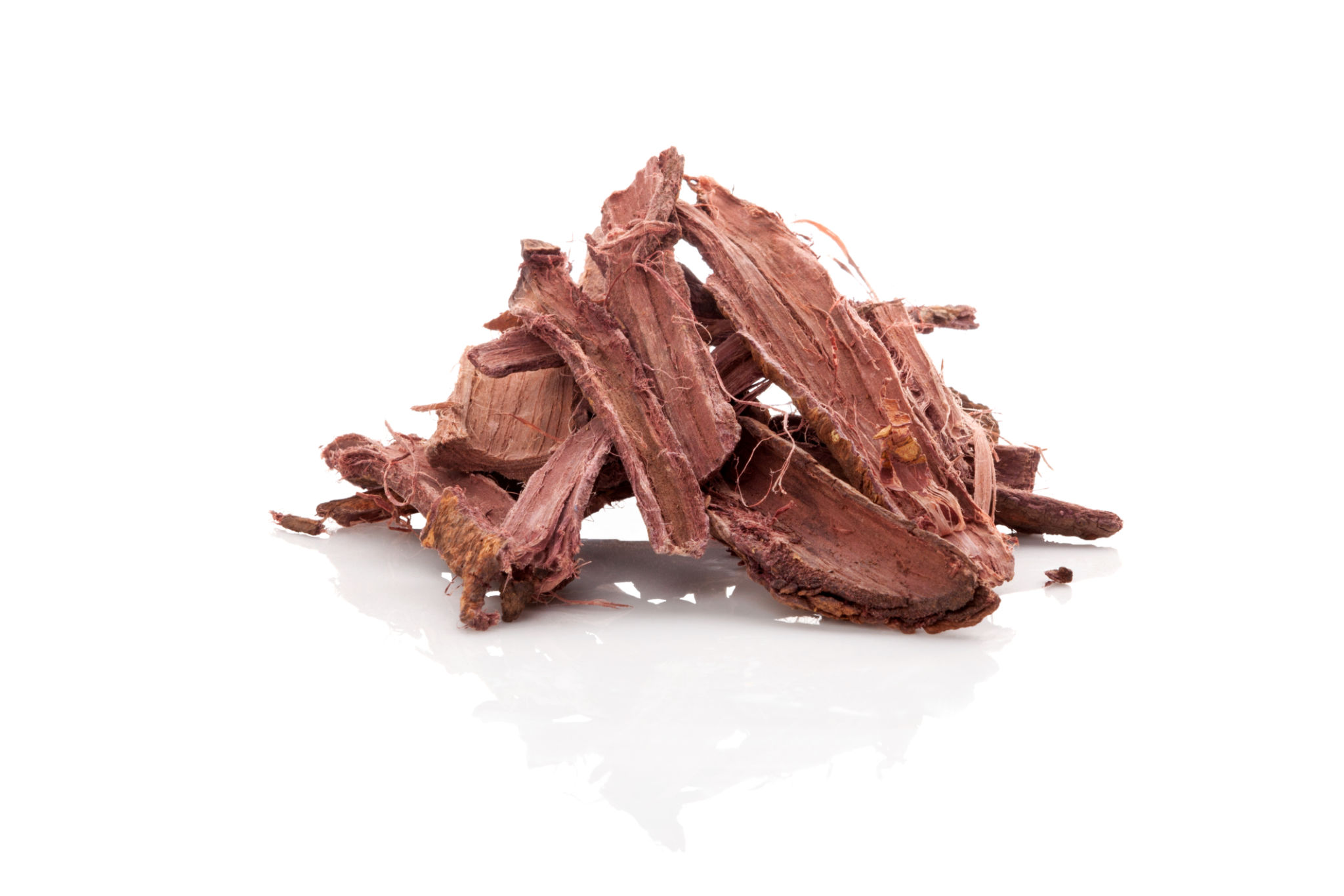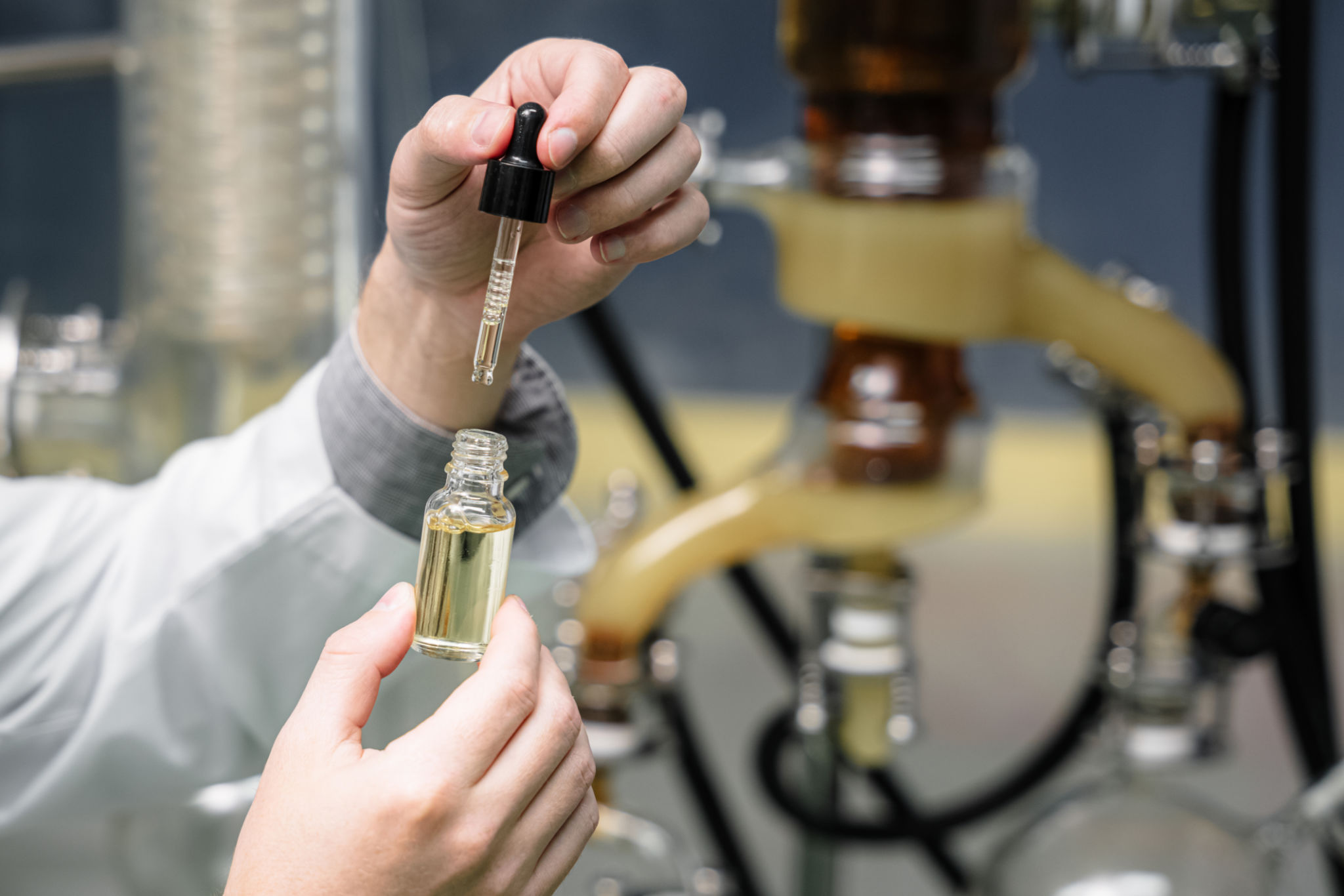Expert Tips on Using Mimosa Hostilis Bark for DMT Extraction
Understanding Mimosa Hostilis Bark
Mimosa Hostilis, also known as Jurema Preta, has gained significant attention for its use in DMT extraction. The bark of this plant contains a high concentration of tryptamines, making it a popular choice for those interested in exploring its psychoactive properties. Understanding the components and unique characteristics of Mimosa Hostilis bark is crucial for anyone looking to utilize it effectively.

Preparation and Safety Measures
Before beginning the extraction process, it's essential to prepare adequately and follow necessary safety protocols. Start by gathering all required materials, including the Mimosa Hostilis bark, solvents, and equipment. Ensure that your workspace is well-ventilated and that you wear protective gear such as gloves and goggles to prevent any accidents.
Moreover, understanding the legal implications of DMT extraction in your region is vital. Laws vary significantly from one area to another, so conducting thorough research beforehand can save you from potential legal issues.
Recommended Extraction Methods
There are several methods for extracting DMT from Mimosa Hostilis bark, each with its advantages and disadvantages. The most popular techniques include:
- Acid-Base (A/B) Extraction: This method involves using an acidic solution to extract DMT, followed by basification and subsequent solvent extraction.
- Straight-to-Base (STB) Method: A more straightforward approach that skips the initial acidification step and directly uses a base to extract DMT.

Steps for Acid-Base Extraction
The Acid-Base extraction method is highly regarded for its efficiency in obtaining pure DMT. Here are the general steps involved:
- Grind the Mimosa Hostilis bark into a fine powder.
- Add the powder to an acidic solution (e.g., vinegar) and let it soak for a few hours.
- Filter out the solid material, leaving behind the acidic liquid containing DMT.
- Add a base (e.g., lye) to the acidic solution to raise the pH and convert DMT into its freebase form.
- Use a non-polar solvent (e.g., naphtha) to extract the DMT from the solution.
- Evaporate the solvent to yield pure DMT crystals.
Tips for Maximizing Yield
To maximize your yield of DMT during extraction, consider these expert tips:
- Quality of Bark: Ensure that you use high-quality, fresh Mimosa Hostilis bark, as older or improperly stored bark may have reduced potency.
- Accurate Measurements: Use precise measurements of solvents and reagents to maintain consistency and efficiency.
- Temperature Control: Maintain appropriate temperatures during the extraction process to prevent degradation of compounds.

Storing and Handling Extracted DMT
Once you have successfully extracted DMT, proper storage and handling are essential to preserve its potency. Keep the crystals in an airtight container in a cool, dark place to prevent exposure to light and air, which can degrade the compound over time.
If you choose to use your extracted DMT, ensure you do so responsibly and in a safe environment. Many users recommend having a trusted person present during the experience to offer support if needed.
Conclusion
Mimosa Hostilis bark offers an intriguing avenue for those interested in DMT extraction. By following expert tips on preparation, method selection, and safety practices, you can explore this process with greater confidence and success. Remember that while the scientific curiosity is encouraged, respecting legal regulations and using extracted compounds responsibly is paramount.